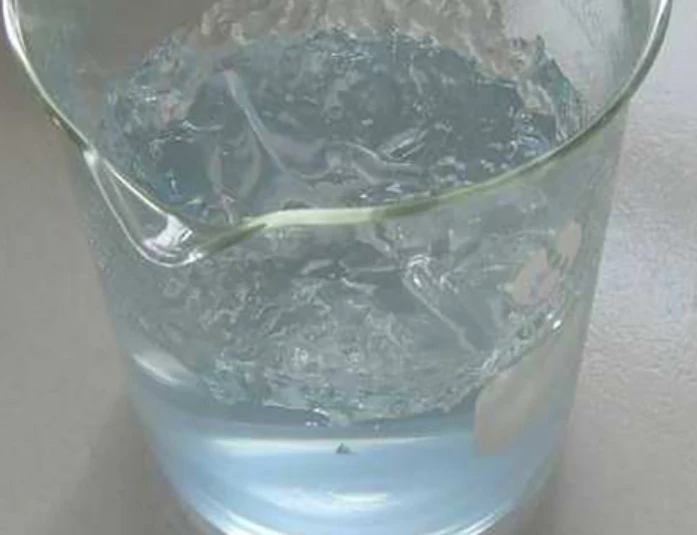Exploring the Applications and Benefits of Polyacrylamide in Various Industries
The Versatile Applications of Polyacrylamide
Polyacrylamide is a synthetic polymer that has garnered significant attention in various fields due to its versatile properties. Composed of acrylamide monomers, this compound forms a gel or solid upon polymerization, leading to an array of applications in industries ranging from agriculture to wastewater treatment and pharmaceuticals.
Chemical Structure and Properties
Polyacrylamide (PAM) features a linear structure created through the polymerization of acrylamide molecules. The properties of PAM can be modified by altering the degree of hydrolysis and the molecular weight, leading to different types—nonionic, anionic, and cationic polyacrylamide. Each variant possesses unique charge characteristics, which determine its specific applications. For instance, anionic polyacrylamide is often used in water treatment processes, while cationic polyacrylamide is favored in papermaking.
Industrial Applications
1. Water Treatment One of the most prominent uses of polyacrylamide is in wastewater treatment. PAM acts as a flocculant, promoting the agglomeration of suspended particles, which facilitates their removal from water. This property is crucial for maintaining clean water sources and is employed in various industries, including mining, pulp and paper, and municipal water treatment facilities. By enhancing the settling process, PAM not only improves water clarity but also reduces the chemical dosages needed for treatment.
2. Agriculture In agriculture, polyacrylamide is utilized to improve soil structure and moisture retention. When applied to soil, it helps form micro-aggregates, which enhance water infiltration and reduce erosion. This is particularly beneficial in arid regions where water conservation is vital. Furthermore, PAM can be used in irrigation systems to optimize water use and increase crop yields. Its biodegradable forms are particularly appealing for sustainable farming practices, as they reduce chemical runoff and promote healthy ecosystems.
poly acrylic amide

3. Pharmaceuticals The pharmaceutical industry also benefits from the properties of polyacrylamide, especially in drug delivery systems and tissue engineering. PAM hydrogels can be designed to encapsulate drugs, allowing for controlled release over time. This controlled release mechanism is beneficial for producing sustained therapeutic effects with fewer side effects. Additionally, its biocompatibility makes PAM a suitable material for scaffolds in tissue engineering, supporting cell growth and tissue regeneration.
4. Cosmetics The cosmetic industry incorporates polyacrylamide as a thickening agent and stabilizer in formulations. It contributes to the texture and consistency of products, enhancing their aesthetic appeal. Moreover, PAM-based gels are employed in various skincare treatments, including masks and creams, due to their ability to provide a soothing effect on the skin.
5. Oil and Gas Industries In the oil and gas sector, polyacrylamide plays a critical role in enhancing oil recovery processes. It is used in the formulation of drilling fluids and as a viscosifier, which improves the efficiency of drilling operations. Additionally, PAM helps in the management of water produced during oil extraction, making it a valuable agent in resource extraction technologies.
Environmental Considerations
As with any synthetic polymer, the environmental impact of polyacrylamide has raised concerns. Its potential to cause toxicity in aquatic ecosystems, if released in large quantities, underscores the importance of responsible usage and disposal. However, recent advancements in research have led to the development of biodegradable PAM products, which aim to mitigate these concerns while maintaining efficacy across various applications.
Conclusion
The versatility of polyacrylamide makes it an invaluable compound across multiple sectors. From enhancing wastewater treatment processes to sustaining agricultural practices and innovating pharmaceutical applications, PAM continues to prove its worth. As research advances and sustainable practices become increasingly important, the potential for polyacrylamide to contribute positively will only expand. The ongoing exploration of its properties and applications reflects a growing understanding of how synthetic polymers can align with environmental stewardship and societal needs.
-
The Ultimate Guide to Flocculants: Transforming Water TreatmentNewsNov.01,2024
-
Improve Your Water Treatment Solutions with PolyacrylamideNewsNov.01,2024
-
Enhance Your Water TreatmentNewsNov.01,2024
-
Empower You to Achieve the Highest Standards of Water QualityNewsNov.01,2024
-
Effective Scale InhibitorsNewsNov.01,2024
-
Discover the Power of Poly Aluminum Chloride in Water TreatmentNewsNov.01,2024





